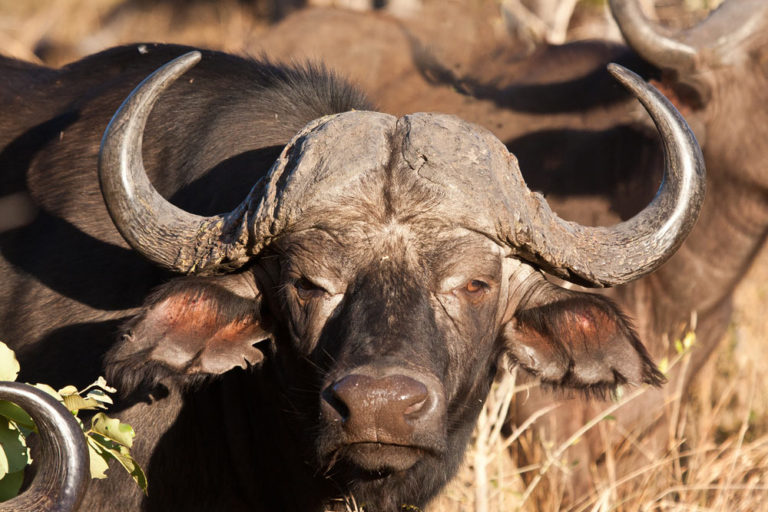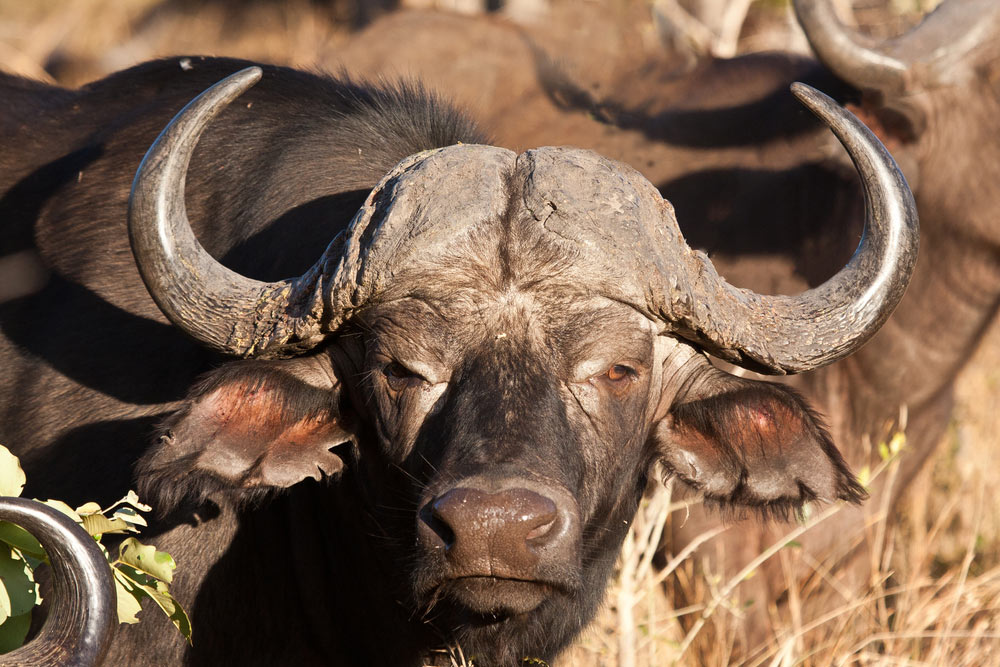

In the days when “the sun never set” on the British Empire, the colonization of vast areas on the African continent and most all of India resulted in a requirement for heavy caliber, powerful rifles and ammunition to protect the homesteads from large and often dangerous animals.
In addition, a fledgling business of outfitting and guiding foreign hunters in pursuit of these animals was developing, primarily in Kenya, but spreading throughout the continent. Rifles chambered for such exotic sounding names like .470 Nitro Express (NE), .475 #2 NE, .500 NE, and many others, along with the necessary ammunition, began showing up in both Africa and India. With few exceptions there was but one source of the necessary ammunition, and that was the UK firm called Kynoch.
Things went along just peachy for a while. Eventually, however, Kynoch learned that, as necessary as the ammunition manufacture for these big game cartridges was, they couldn't make any money loading them. The volume requirements required to make it profitable just weren't there, so, they did what prudent businessmen do and ceased production on most of the cartridges. This had the effect of turning lots of very handsome and very expensive firearms effectively into boat anchors. Without ammunition they were essentially useless.
In the early fifties, the Management at Olin Corp. saw an opportunity to fill the void by introducing their famous Winchester Model 70 bolt action rifle in some new chamberings, one of which was designed specifically for dangerous-game hunting in both Africa and India. They called it the .458 Winchester Magnum.
Olin introduced it to the shooting world in 1956. It was designed to duplicate the ballistics of the .450 NE, .470 NE and other similar cartridges. Winchester engineers modified and shortened the .375 H&H cartridge case, and loaded a 500 grain bullet in front of enough powder to provide a muzzle velocity of about 2150 feet per second (FPS), basically replicating the Nitro Express cartridges ballistically.
Olin then hired African Professional Hunter David Ommanney to be their “Winchester's Man in Africa,” and followed up with a blistering advertising campaign to sell both rifles and ammunition. It became an initial success, with PHs, wardens, wildlife managers and other professionals, along with the few visiting hunters venturing to that part of the world searching for elephant, buffalo, rhino, lions, tigers, etc., arming themselves with the new development.
The .458 Winchester Magnum became the world standard dangerous-game cartridge rather quickly, due in part to the fact that both the ammunition and rifles to shoot it were very substantially less expensive than British-made rifles, particularly since no ammunition was being produced for them.
Alas, after a few years in the field, problems began cropping up. Muzzle velocities were often discovered to be substantially less than the advertised velocities, frequently less than 2000 fps instead of 2150, and erratic performance issues.
Winchester investigated and found that the heavily compressed loads of ball powder that they were using, had a habit of clumping together causing fickle ignition and less than desirable performance. These were not welcome attributes for a dangerous-game rifle. Winchester addressed the problem and corrected it, but considerable damage was already done to the reputation of the cartridge.

Well known outdoor writer Jack Lott, managed to get himself into a tussle with a cape buffalo he had wounded using the .458 Win Mag. Needless to say, he didn't win the wrestling match and was hammered pretty good. He didn't do Winchester any favors writing about his experience in the outdoor press. As a result of his experience, he lengthened the .458 Winchester cartridge case by .300” and called his creation the .458 Lott. The added powder capacity, as well as advances in powder technology, made achieving Winchester's goal with the Win Mag round easily achievable.
Even so, the .458 Winchester Magnum set the standard for dangerous-game cartridges.
Most ammunition manufacturers load factory ammo for it, and most rifle manufacturers make rifles chambered for the round. In spite of past glitches with the ammo, it works and it works very well. Armed with a quality rifle chambered for the .458 Win Mag, and the ability to shoot it accurately, the hunter need fear very little in today's hunting world.

Next Step: Get your FREE Printable Target Pack
Enhance your shooting precision with our 62 MOA Targets, perfect for rifles and handguns. Crafted in collaboration with Storm Tactical for accuracy and versatility.
Subscribe to the Gun Digest email newsletter and get your downloadable target pack sent straight to your inbox. Stay updated with the latest firearms info in the industry.

![Best Concealed Carry Guns In 2024 [Field Tested] Wilson Combat EDC X9S 1](https://gundigest.com/wp-content/uploads/Wilson-Combat-EDC-X9S-1-324x160.jpg)





I like 416 Rem.
Anything under 40 caliber is a cap gun!!!
bhpo, the point you are trying to make has far less merit than arguing over the virtues of the .458. Smaller calibers definately have their place but it’s obvious by your statements that you’ve never hunted in Africa. Many a deer has been killed with a .22 LR but it certaunly isn’t the preferred cartridge for the task and many a deer has been wounded by that cartridge as well. Ethics play a big part in the overall scheme of hunting and we are obligated to make quick, clean kills on the game we hunt. You are also right about the .375 being a great cartridge with a much flatter trajectory than the .458, but range and trajectory usually aren’t factors when hunting the type of game a .458 is used for. I have taken several cape buffalo and an elephant with the .458 and found it to be very much up to the task. One buffalo took a frontal chest shot at approx 30 feet and the bullet managed to exit out south end, after passing through it’s heart. Another bullet took a large buff from behind the rib cage, quartering forward. That bullet passed through it’s paunch, took the top of the heart, and was recoverd under it’s jawbone. I’d say penetration was more than adequate. These were handloaded 500 grain Barnes solids traveling at 2050 fps. I do believe that much of the .458’s bad reputation was far more a factor of poor bullet and powder performance than anything else. We now have much better and a greater variety of both, that really has brought the round to it’s potential.
Best Regards,
Submoax
With todays prices for big game hunting of dangerous game it has already far exceeded the financial where with all of most of todays hunters so arguing about cartridges this big is for most people a waste of their time. Having said all that the .458 is a cartridge that I personally would never consider using. If you do have such a rifle the first thing you need to do is run a chronograph test with your ammo and rifle to see if you are getting more than 2,100 fps. and even that is marginal. Professional elephant hunters used the .375 H&H and had no trouble stopping enraged elephants with this cartridge throughout their entire lives. Other professional hunters used the .416 which tends to out speed the .458 Winchester as well. Far too much emphasis is placed on bullet diameter and not enough on velocity as well as penetration. W.D.M. Bell who shot in excess of 1,000 elephants stated that the only cartridge he ever used that would always shoot right through an elephants head was his 6.5 mm with a 160 grain bullet. It must be remembered if the bullet does not each the vitals it does not matter how big a caliber you are using as it will fail to incapacitate the elephant or any other dangerous game animal.
I think too that cartridges like the .375 with their higher velocity shoot flatter as well and when one is hunting both dangerous and non-dangerous big game and especially when shooting at longer distances at non-dangerous game it is much easier to hit with the .375 because of its flatter trajectory. In other words take one rifle and use it for everything.
Its interesting to note that I have seen films of elephants shot on herd culling operations with nothing more than the .308 with a full metal jacketed 150 grain bullet dropped elephants dead in their tracks one after the other. I saw one video of a poacher that shot elephants with nothing more than the armor piercing 125 grain AK-47 7.62×39 mm and the elephants fell down dead. Seeing is believing which evaporates all of the old myths on how anemic smaller calibers supposedly are.
I shoot a custom 450 Alaskan on a Ruger number one frame. Never hunted dangerous game but I am pushing 325/350 grain bullets at 2500-2550 fps. Rifle Is for sale, I am to old now to do much hunting.